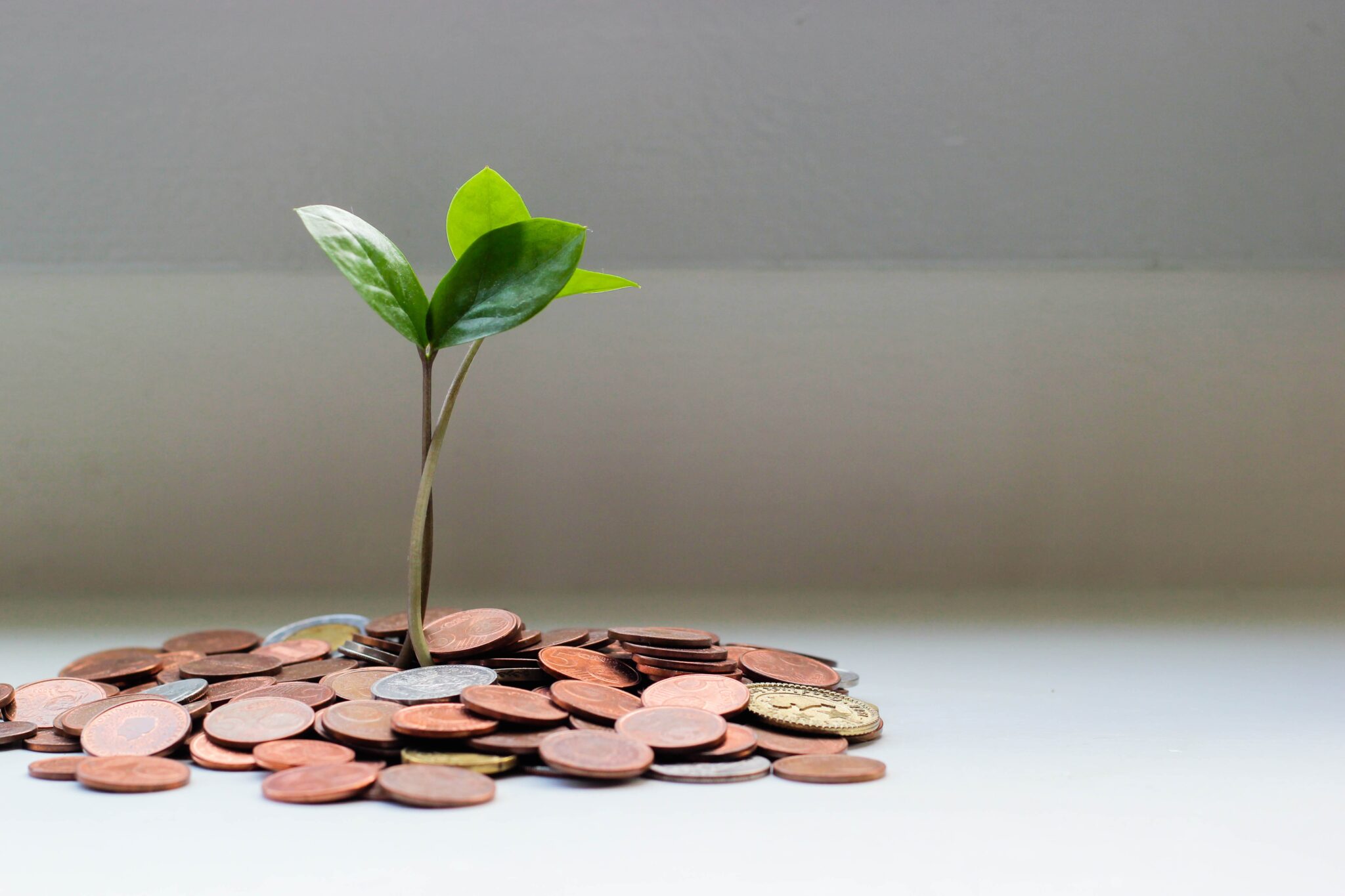The repo rate was boosted by 25 basis points for the first time in four years by the RBI. We saw a seven-fold drop in the repo rate between 2014 and 2017. Consumers benefited from lower-cost loans. However, they received lower returns on fixed deposits and small savings plans like PPF, which were at their lowest rate in many years.
Even before the RBI announcement, banks had constructively expanded interest rates on deposits and loans in expectation of an increase in interest rates. This was also done in an attempt to increase deposit growth in the face of declining cash liquidity. Let’s see what customers can do to make the most of this scenario.
Long-Term Debt Funds Should Be Exited
Debt mutual funds are divided into several categories. Given the current macroeconomic situation, only liquid or short-term funds should be considered. These would proceed to provide moderate returns while avoiding the risk associated with long-term funds.
Bond yields and interest rates have an inverse correlation. During an interest rate hike, long-term bonds are the most destructive. To prevent losing money, you should immediately switch to funds that have shorter-term securities.
Loan Refinancing
Just a minor increase in loan interest rates has occurred. It’s still a good time to get a long-term loan for a house or car because rates are still affordable in the 8.5 percent range. You should take out a new loan to fund your purchases before they grow anymore. You can also refinance your loans and turn to cheaper ones if you’re paying a higher interest rate (say, 9% or more).
As interest rates increase, a business that sells a low-rated bond or deposit may find it more difficult to manage its debts. As a result, it may be unable to make payments. It’s best to get rid of those instruments as soon as possible.
Current Loans Should Be Prepaid or Resolved
If you’re nearing the end of your home loan or car loan, your interest rates will skyrocket in the long run. By making a principal prepayment, you will soften the blow. If you’re nearing the end of your loan, you may be tempted to foreclose rather than have your term lengthened to prevent the rise in interest rates.
This is an excellent choice. In the case of a home loan, though, you gain tax benefits, so if you’re approaching the end of your contract, you may want to prolong the loan to continue receiving tax deductions.
Taking a fresh look at the foreign exchange market
With rising interest rates, you will continue to receive higher returns on fixed deposits. Breaking out of old FDs and reinvesting in new ones, on the other hand, does not make sense for most small depositors.
Reinvesting from a 6.5 percent FD to a 6.75 percent FD, for example, would not make a substantial difference in returns and will incur a tax. However, once your gains tend to be significant, you might want to consider this option. Reinvesting from a 6.5 percent FD to an 8 percent FD, on the other hand, is a no-brainer. However, there is still time for interest rates to rise to certain levels.
Return to Limited Savings Mode
PPF, Sukanya Samriddhi, and NSC are all great options. They are government-backed, enable you to save tax under Section 80C, and produce tax-efficient returns because they are not fully taxed. Owing to declining interest rates, some of these strategies had become unappealing. They should, however, be reconsidered as interest rates grow again.
Inflationary pressures offer some relief when the Reserve Bank of India increases main policy rates, which allows banks to increase interest rates on fixed deposits (FDs). The RBI has raised the rate six times in the last year and is anticipated to do so again, probably within the next few weeks.
This means that banks will increase their FD rates once more. So, if you’re thinking about investing in a bank fixed deposit, wait a while to see if you can get a better deal.
However, don’t put all of your money into bond funds just yet because yields are still volatile. “Invest in short-term income funds only when you believe short-term rates have reached their peak because that is when you will have the chance for capital appreciation,” says Jain. This could take some time because interest rates are still rising.
